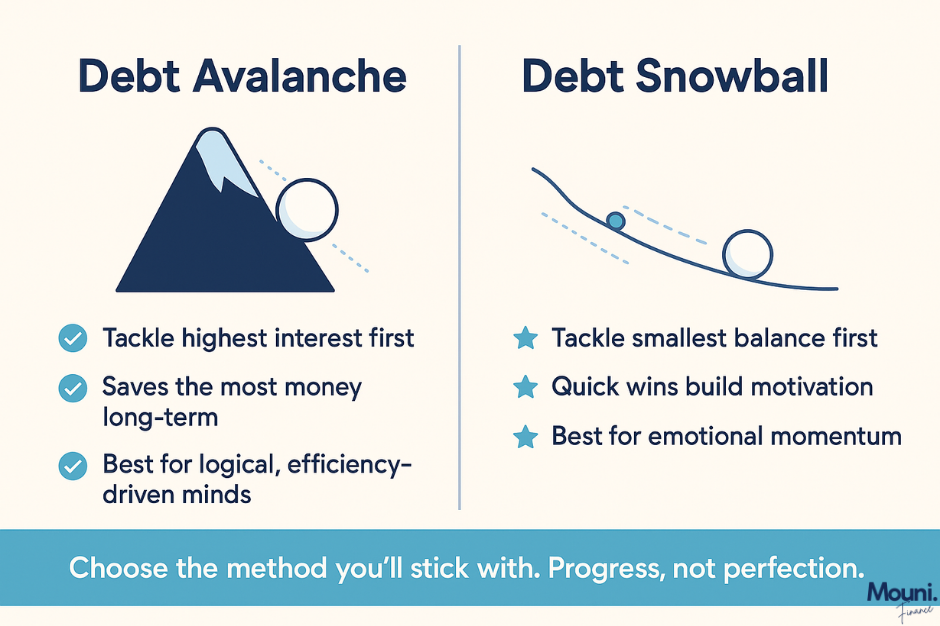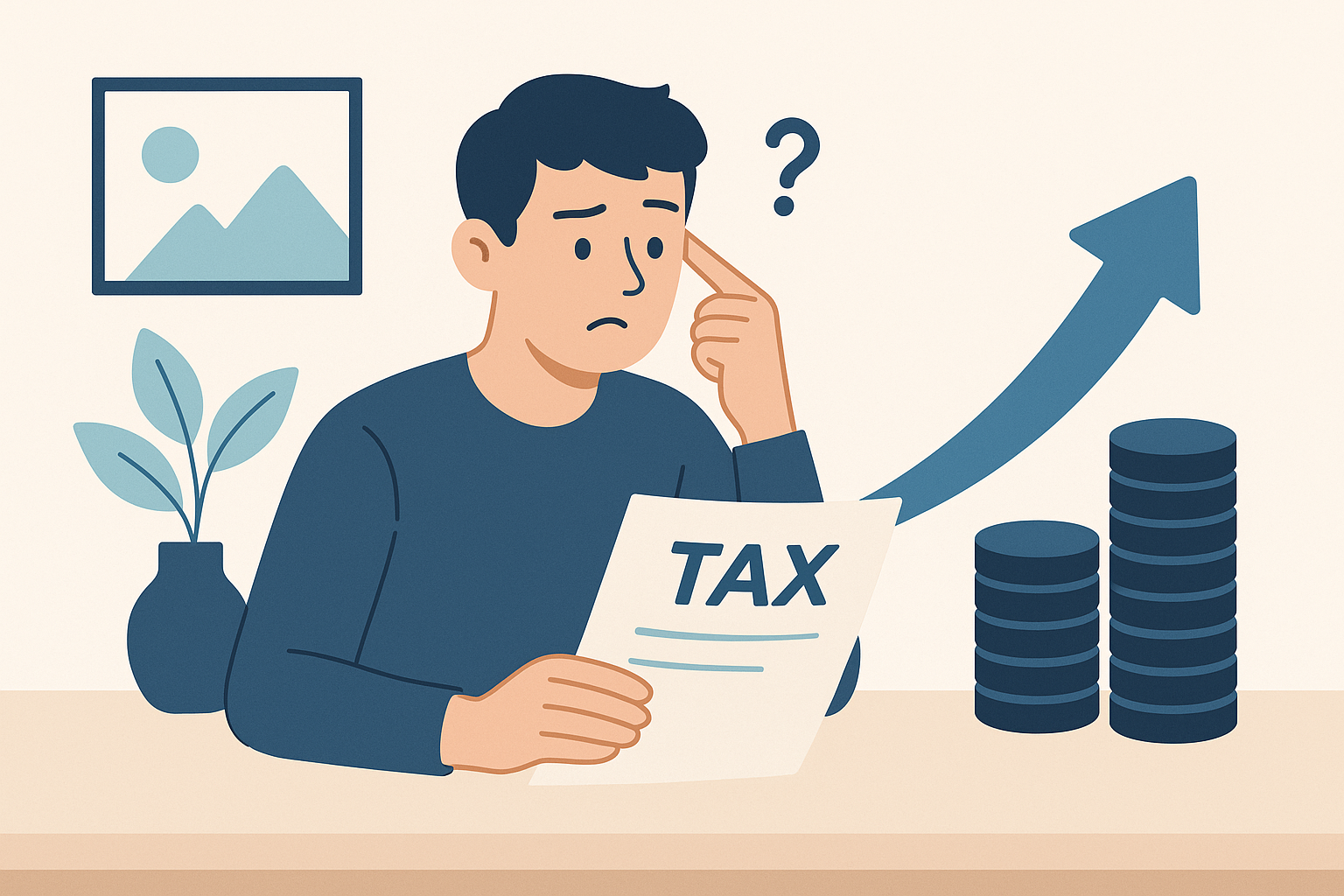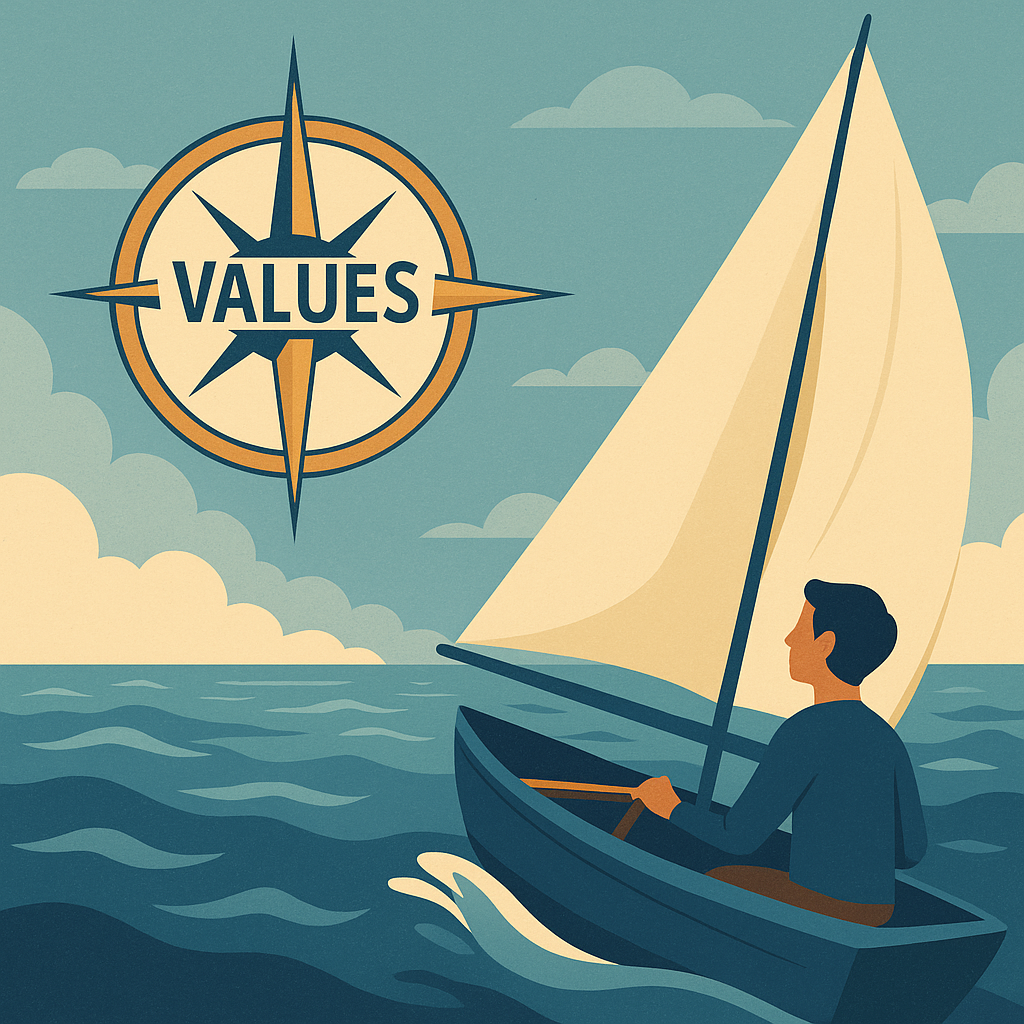Debt Avalanche vs. Debt Snowball: Which Works Best?
How to Eliminate High-Interest Debt: A Complete Guide to Breaking Free

Welcome back to the Mouni Money Map.
If you’ve built some financial stability—an emergency cushion, a steady income, a sense of predictability—there’s often still a shadow lurking in the background: high-interest debt.
It’s the debt that quietly eats away at progress, leaving people wondering: “I’m doing everything right. Why can’t I get ahead?”
Let’s go deep into what high-interest debt really is, why it matters so much, and how you can finally escape its grip.
What Exactly Is “High-Interest Debt”?
We’ll define it clearly:
- High-interest debt = anything with an APR of 15% or higher.
- Most common culprits: credit cards, retail store cards (often 26–30%), and certain personal loans.
A gray zone exists between 8–15% APR (student loans, car loans, some personal loans). Those matter, but they don’t drain you as aggressively. High-interest is where the urgency lies.
Why 15%?
At that point, interest compounds so fast that even consistent payments barely make a dent.
Example:
- $10,000 balance at 22% APR
- Paying only the $250 minimum = over 28 years to pay off, with $15,000+ in interest.
- Same balance paid with an extra $300/month = 3 years and less than $3,500 interest.
That’s the power—and the trap—of compounding.
A Short History: Why Credit Got So Expensive
To understand today’s debt crisis, it helps to zoom out.
- Early 20th century: “Tabs” at local stores or installment plans for furniture and appliances.
- 1950s–60s: Birth of revolving credit cards (Diners Club, BankAmericard).
- 1980s deregulation: State usury laws were relaxed, allowing banks to charge higher rates. APRs soared, and the modern debt machine was born.
- 2020s: With inflation and rising federal rates, average credit card APRs now sit above 22%.
Unfortunately, credit is most expensive for the people who can least afford it.
The Real Cost: More Than Money
High-interest debt doesn’t just drain your bank account—it impacts your entire well-being.
- Financial drain: $2,000+ a year in wasted interest for the average household.
- Psychological weight: Constant worry, dread when opening statements, sleepless nights.
- Relationship strain: Money stress is one of the top contributors to conflict in marriages and partnerships.
It’s like sailing with a hole in your hull. You can patch sails, trim ropes, and adjust the wheel—but until the leak is fixed, the ship will keep sinking.
Why Paying Off Debt Is the Best “Investment”
Think about this:
- Paying off a 22% APR card = a guaranteed 22% return.
- Compare that to the stock market’s historical 7–10% return.
- No volatility, no risk. Just freedom.
It’s not dramatic to say: eliminating high-interest debt is the single best financial decision most people can make.
Debt Avalanche vs. Debt Snowball: A Deep Dive

Before we delve into specifics, let's establish a fundamental principle: both methods we're about to explore work. The critical ingredient is consistency. Think of it as adhering to an exercise regimen – the specific routine matters less than the unwavering commitment to showing up.
A. The Debt Avalanche (Recommended for Efficiency Enthusiasts):
- The Debt Avalanche is a strategy for those who appreciate
cold, hard efficiency. Its mechanics are straightforward: list all your debts, meticulously ordered from highest interest rate to lowest. Pay the minimum amount due on all debts, then direct every spare dollar toward the debt with the highest APR. Once that debt is vanquished, roll its payment into the next highest, creating an avalanche effect.
- The pros are compelling. This method
saves the most money on interest over the long term, leading to the fastest possible payoff. Beyond the purely financial, it offers a sense of peace stemming from optimized resource allocation.
- However, the Debt Avalanche isn't for everyone. It demands patience and discipline, as the initial gratification of eliminating a debt might be delayed. It requires a willingness to defer immediate satisfaction for the sake of long-term gains.
B. The Debt Snowball (Great for Motivation Seekers):
- In contrast, the Debt Snowball prioritizes momentum and psychological reinforcement. Here, you list your debts in order of
smallest balance to largest, irrespective of interest rate. Again, you pay the minimum on all debts, but you channel your extra funds towards the smallest balance. Once that debt is eliminated, you "roll" its payment into the next smallest, and so on.
- The strength of the Snowball lies in its capacity to generate
quick wins. These early victories provide a powerful motivational boost, fueling continued effort. It also simplifies bill management, reducing the cognitive load associated with multiple payments.
- The drawback? You might
pay more in total interest over time, particularly if smaller debts carry lower interest rates.
👉 The right choice isn’t “Avalanche vs. Snowball.” It’s: Which one will keep you going long enough to finish the journey?
What Happens If You Only Pay Minimums?
This deserves its own spotlight, because it’s where so many people get trapped.
- Credit card minimums are usually 2–3% of the balance.
- Paying only the minimum can stretch repayment out decades.
- On $10,000 at 22% APR, minimum payments could mean $15,000+ in interest.
The math is brutal—and lenders know it. That’s why they love when you only pay the minimum.
Supportive Strategies: Turbocharge Your Payoff Plan
The core methods are just the starting point. Let's explore some supplemental strategies to accelerate your journey.
1. Negotiate Lower Rates (Yes, You Can!):
- Many people are hesitant to negotiate with their creditors, assuming it's a futile endeavor. But it's surprising how often a simple phone call can yield positive results.
- Here's a rudimentary script: "Hello, I’m calling to see if you can lower the interest rate on my account, number [Your Account Number]. I've been a good customer for [X years] and would appreciate a more competitive rate."
- Emphasize your good payment history, mention competitive offers you've seen from other lenders (and in the current climate, there's no shortage of high APRs to leverage!), or briefly allude to any recent financial hardship.
2. Balance Transfers (The 0% APR Lifeline):
- Balance transfers involve moving high-interest debt to a new credit card offering a 0% APR promotional period, typically ranging from 12 to 21 months (some cards even extend to 34 months).
- While tempting, be aware of the associated costs. Most balance transfers come with a fee, usually around 3-5% of the transferred balance, which is added to your overall debt.
- Most importantly, understand that a balance transfer is a tool, not a solution. You must have a well-defined payoff plan to eliminate the balance before the promotional period ends, or you risk reverting to a high APR. Resist the urge to make new purchases on the card. A good credit score (690+ FICO) is generally required to qualify for the most attractive offers.
3. Debt Consolidation Loans (Streamline Your Payments):
- Debt consolidation loans combine multiple debts into a single loan, often with a lower, fixed interest rate and a more manageable monthly payment.
- These loans come in various forms: unsecured personal loans, secured Home Equity Loans/HELOCs (offering lower rates but carrying the risk of foreclosure), and federal student loan consolidation.
- Be wary of upfront fees, such as origination fees (typically 1-6% of the loan amount). Most critically, commit to refraining from incurring new debt on your old accounts.
4. Cut Off the Source (Prevent Future Leaks):
- This might seem obvious, but it bears repeating: build that emergency fund before aggressively tackling debt. A readily available cash reserve prevents you from relying on credit cards to cover unexpected expenses.
5. Automate Minimum Payments:
- Automating minimum payments ensures that you avoid late fees and protect your credit score while you focus your efforts on your primary debt reduction strategy.
Why It Matters: Reclaim Your Financial Freedom
Let's be clear about the stakes. Paying off a credit card with a 22.25% APR is tantamount to achieving a guaranteed, risk-free 22.25% return on your money. Where else are you likely to find such a lucrative and secure investment? This far surpasses the historical average returns of the S&P 500 (around 7-10%).
High-interest debt is a financial whirlpool, relentlessly pulling you under. Breaking free allows you to set your own course, to chart a path toward genuine financial autonomy.
The implications extend beyond mere numbers. Consider the psychological liberation – the reduction in financial stress and anxiety. Studies indicate that up to 42% of US adults experience significant financial stress, impacting sleep quality and interpersonal relationships. Eliminating high-interest debt alleviates feelings of shame and hopelessness.
Then there's the economic empowerment. The dollars previously earmarked for interest payments can be redirected toward wealth building, future goals, family support, and strategic investments. This directly combats the unsustainable trend of rising consumer debt and delinquencies, a trend that projects Americans will spend over $560 billion annually on interest alone by 2025.
At Mouni Finance, we champion progress over perfection. We offer guidance without judgment, prioritizing forward momentum above all else.
Looking Ahead & Your Next Steps with Mouni Finance
The economic outlook suggests that high interest rates on credit cards and personal loans are likely to persist throughout 2025, potentially leading to increased delinquencies. While AI is reshaping the lending landscape, the principles of disciplined debt management (challenging your behaviors and habits) remain timeless.
Here are concrete steps you can take right now:
- Track It: Utilize your
Mouni Money Tracker to compile a comprehensive list of your debts, including balances, interest rates, and minimum payments.
- Choose Your Path: Determine whether the Debt Avalanche or Debt Snowball aligns best with your personality and financial temperament.
- Add Your Arsenal: Implement one or two of the supportive strategies outlined above.
- Celebrate Consistency: Acknowledge and celebrate every milestone, regardless of its magnitude.
Remember, you're not alone on this journey. Reach out to me to schedule a personalized plan to break free from the Whirlpool of Debt.



